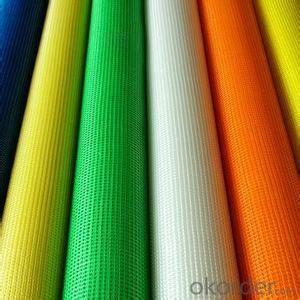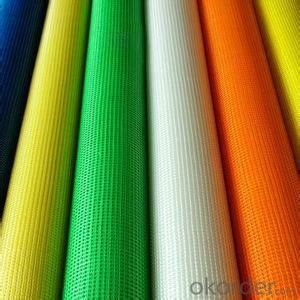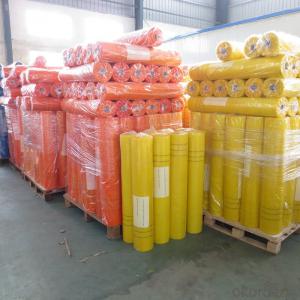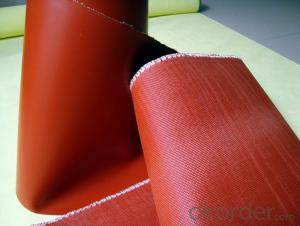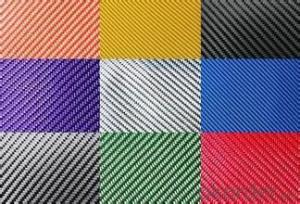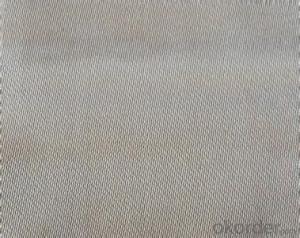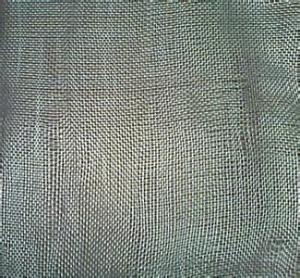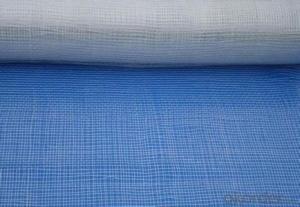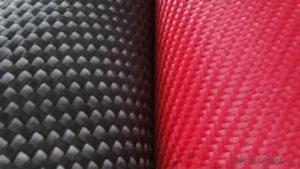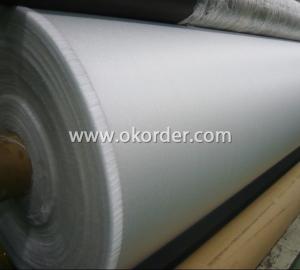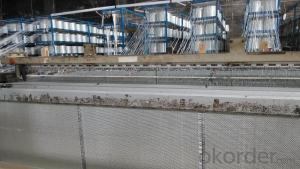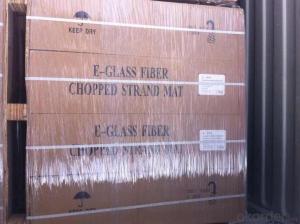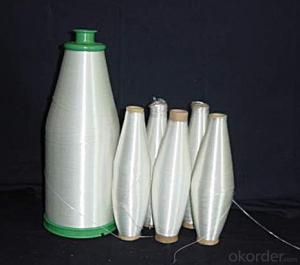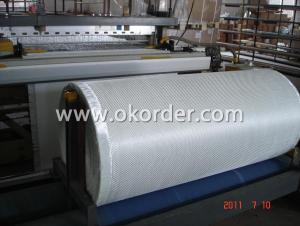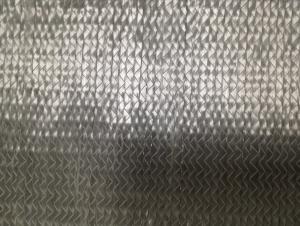Fiberglass Fabrics - High Silica Glass Fiber Cloth 2024
- Loading Port:
- China Main Port
- Payment Terms:
- TT OR LC
- Min Order Qty:
- -
- Supply Capability:
- -
OKorder Service Pledge
Quality Product, Order Online Tracking, Timely Delivery
OKorder Financial Service
Credit Rating, Credit Services, Credit Purchasing
You Might Also Like
Quick Details
| Place of Origin: | Brand Name: | Model Number: | |||
| Application: | Weight: | Surface Treatment: | |||
| Width: | Weave Type: | Yarn Type: | |||
| Alkali Content: | Standing Temperature: |
Packaging & Delivery
| Packaging Detail: | woven bag or as customer required |
| Delivery Detail: | as customer request |
Specifications
3,Low thermal conductivity
4,Good chemical stability
5,Good electrical insulating performance
6,Non-pollution, API standard
- Q: What is the heat resistance of fiberglass fabric?
- Fiberglass fabric boasts a remarkable resistance to heat, enabling it to endure temperatures as high as 1000 degrees Fahrenheit (537 degrees Celsius) without experiencing notable harm or deterioration. This outstanding characteristic renders it an exceptional selection for various purposes that entail exposure to extreme heat, including welding blankets, insulation materials, and fire-resistant clothing. Moreover, fiberglass fabric exhibits a low thermal conductivity, signifying its limited ability to conduct heat effectively, thereby offering an extra shield of defense in environments with elevated temperatures.
- Q: Can fiberglass fabric be used for filters?
- Yes, fiberglass fabric can be used for filters. It is commonly used in applications such as air filters, oil filters, and water filtration systems due to its high efficiency in trapping particles and its resistance to chemicals and heat.
- Q: Can fiberglass fabric be used for making outdoor furniture?
- Yes, fiberglass fabric can be used for making outdoor furniture. Fiberglass is a durable and weather-resistant material that can withstand the elements, making it suitable for outdoor use. It is lightweight, yet strong, and can be molded into various shapes and forms, allowing for versatile design options. Additionally, fiberglass fabric is resistant to moisture, UV rays, and temperature changes, ensuring that the furniture will not warp, fade, or crack over time. Its low maintenance requirements and long lifespan make it an ideal choice for outdoor furniture, providing both functionality and aesthetics.
- Q: How does fiberglass fabric compare to carbon fiber fabric?
- Fiberglass fabric and carbon fiber fabric are both popular materials used in various industries for their exceptional strength and durability. However, there are some key differences between these two fabrics that set them apart. One of the major differences is their composition. Fiberglass fabric is made from fine strands of glass that are woven together to form a fabric. On the other hand, carbon fiber fabric is composed of thin strands of carbon atoms that are tightly woven into a fabric. This fundamental difference in composition leads to variations in their mechanical properties and performance. In terms of strength, carbon fiber fabric has a higher tensile strength than fiberglass fabric. It is known for its exceptional stiffness and low weight, making it highly desirable for applications that require high strength-to-weight ratios. Carbon fiber is utilized in aerospace, automotive, and sports industries where lightweight and strong materials are crucial. Fiberglass fabric, on the other hand, offers good tensile strength but is generally less strong than carbon fiber. However, fiberglass fabric is known for its excellent impact resistance and can withstand high temperatures better than carbon fiber. This makes it suitable for applications where heat resistance and impact resistance are important, such as insulation, boat building, and electrical insulation. Another significant difference between these two fabrics is their cost. Carbon fiber fabric is considerably more expensive than fiberglass fabric due to the complexity and cost of the manufacturing process involved in producing carbon fiber. Fiberglass fabric, being more readily available and easier to produce, is comparatively more affordable. Additionally, carbon fiber fabric has a distinctive appearance with its black, glossy finish, while fiberglass fabric is typically white or off-white in color. This aesthetic difference can be a factor in certain applications where visual appeal is important. In summary, fiberglass fabric and carbon fiber fabric have their own unique properties and advantages. Carbon fiber fabric offers superior strength, stiffness, and lightweight characteristics, making it ideal for high-performance applications. Fiberglass fabric, on the other hand, excels in impact resistance and heat resistance, making it suitable for applications where these properties are crucial. Ultimately, the choice between these two fabrics depends on the specific requirements of the intended application, taking into consideration factors such as strength, weight, cost, and environmental conditions.
- Q: How is fiberglass fabric used in the production of insulation sleeves?
- Insulation sleeves, which are utilized for thermal insulation and protection in various applications like industrial pipes, wires, and cables, rely on fiberglass fabric because of its exceptional thermal properties and durability. In the manufacturing process of these sleeves, fiberglass fabric is commonly employed as the outer layer due to its capacity to withstand heat and fire. By acting as a barrier, the fabric prevents heat transfer and minimizes the risk of fire hazards, making it particularly crucial in industrial settings with high temperatures. Moreover, fiberglass fabric is renowned for its insulation capabilities, as it possesses low thermal conductivity, rendering it a poor conductor of heat. This property enables the fabric to effectively trap heat within the insulation sleeve, reducing energy loss and negating the need for excessive heating or cooling. Furthermore, fiberglass fabric exhibits remarkable durability, allowing it to endure harsh environmental conditions, chemicals, and UV radiation. Consequently, it is well-suited for insulation sleeves that are exposed to outdoor elements or corrosive substances. Additionally, the fabric boasts good tensile strength, enabling it to withstand mechanical stress and maintain its shape over time. To summarize, the utilization of fiberglass fabric in the production of insulation sleeves is vital for delivering thermal insulation, fire protection, and durability. Its outstanding thermal properties, resistance to heat and fire, and ability to endure harsh conditions establish it as an ideal material for insulating various applications in industries such as construction, automotive, and manufacturing.
- Q: How is fiberglass fabric used in the production of soundproof curtains?
- Fiberglass fabric is commonly used in the production of soundproof curtains due to its excellent acoustic properties. The fabric is made from woven fibers of glass, which are highly effective in absorbing and dampening sound waves. In the production process, layers of fiberglass fabric are typically sandwiched between other fabric materials to create a multi-layered curtain. These layers work together to effectively block and absorb sound, providing a barrier that helps reduce noise transmission through windows or doors. The use of fiberglass fabric in soundproof curtains offers several benefits. Firstly, fiberglass is a lightweight material, which makes the curtains easy to handle and install. Additionally, fiberglass has a high tensile strength, ensuring the curtains remain durable and long-lasting. Moreover, the fibers of fiberglass fabric are designed to trap and absorb sound waves, converting them into heat energy. This acoustic absorption property helps to reduce echo and reverberation within a room, creating a quieter and more comfortable environment. Furthermore, fiberglass fabric is resistant to moisture, mold, and mildew, making it suitable for use in various settings, including residential, commercial, and industrial spaces. It is also fire-resistant, adding an extra layer of safety to soundproof curtains. Overall, fiberglass fabric plays a crucial role in the production of soundproof curtains by enhancing their ability to block and absorb sound waves effectively. The combination of its acoustic properties, durability, and resistance to various environmental factors makes fiberglass fabric an ideal choice for creating soundproofing solutions.
- Q: Can fiberglass fabric be used for insulation in chemical plants?
- Yes, fiberglass fabric can be used for insulation in chemical plants. Fiberglass fabric is known for its excellent thermal insulation properties, making it suitable for various industrial applications, including chemical plants. It is resistant to high temperatures, corrosion, and chemicals, which are common in chemical plant environments. Additionally, fiberglass fabric is lightweight, easy to handle, and can be customized to fit different shapes and sizes, making it an ideal choice for insulating equipment, pipes, and tanks in chemical plants.
- Q: What fiber fabric can be replaced by fiberglass instead of itchy?
- According to the quality of high, alkali cloth the most, medium alkali cloth slightly better, no alkali cloth best, no alkali cloth in use does not itch hand.
- Q: Are there any specific storage requirements for fiberglass fabrics?
- Yes, there are specific storage requirements for fiberglass fabrics. They should be stored in a dry and well-ventilated area, away from direct sunlight and extreme temperatures. It is also important to keep them away from any chemicals, solvents, or oils that could potentially damage or degrade the fabric. Additionally, they should be stored in a way that prevents any sharp objects or heavy items from causing damage or puncturing the fabric.
- Q: Can fiberglass fabric be used for boat covers?
- Yes, fiberglass fabric can be used for boat covers. It is a durable and lightweight material that is resistant to water, mold, and UV rays, making it suitable for protecting boats from harsh outdoor conditions.
Send your message to us
Fiberglass Fabrics - High Silica Glass Fiber Cloth 2024
- Loading Port:
- China Main Port
- Payment Terms:
- TT OR LC
- Min Order Qty:
- -
- Supply Capability:
- -
OKorder Service Pledge
Quality Product, Order Online Tracking, Timely Delivery
OKorder Financial Service
Credit Rating, Credit Services, Credit Purchasing
Similar products
Hot products
Hot Searches
Related keywords
